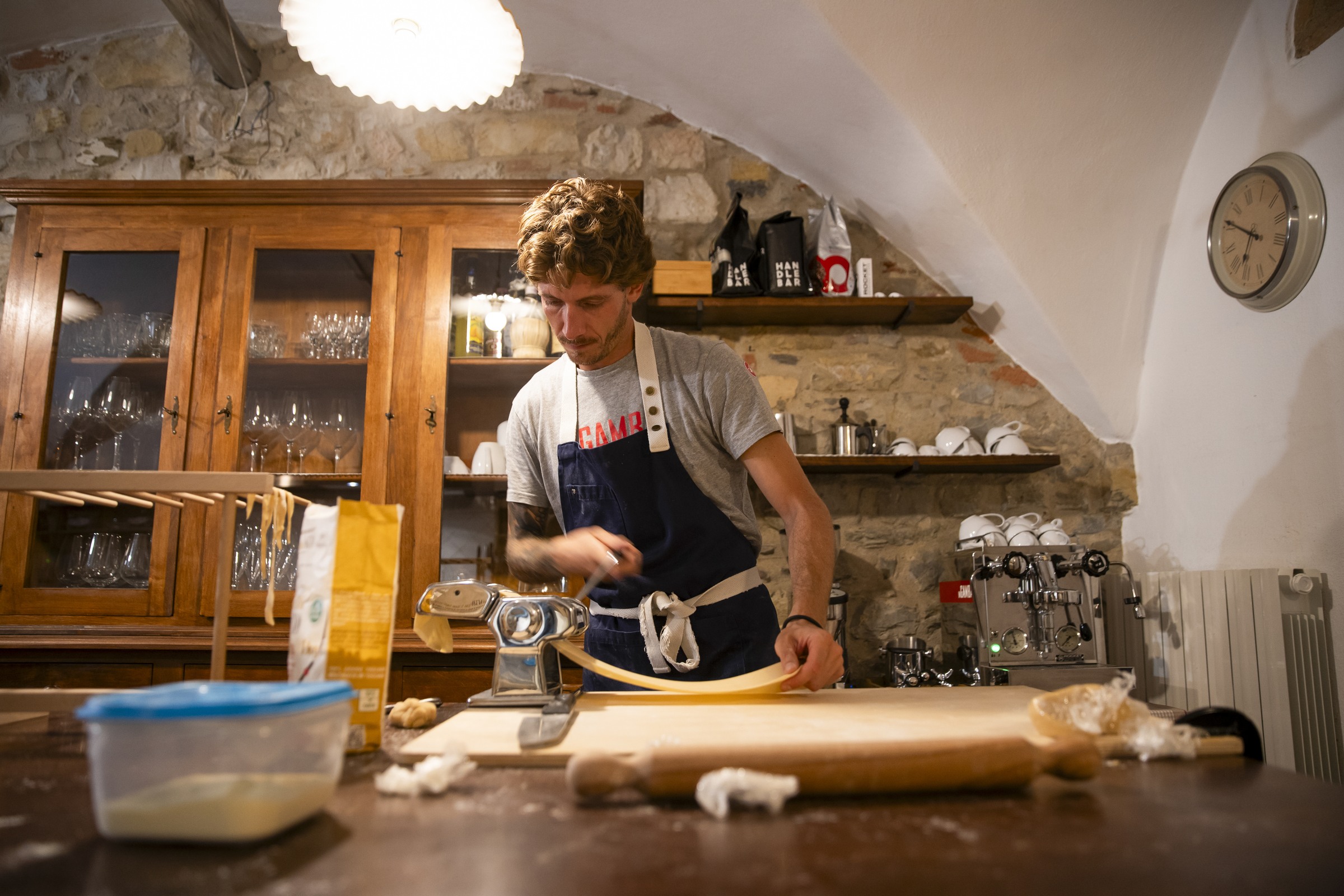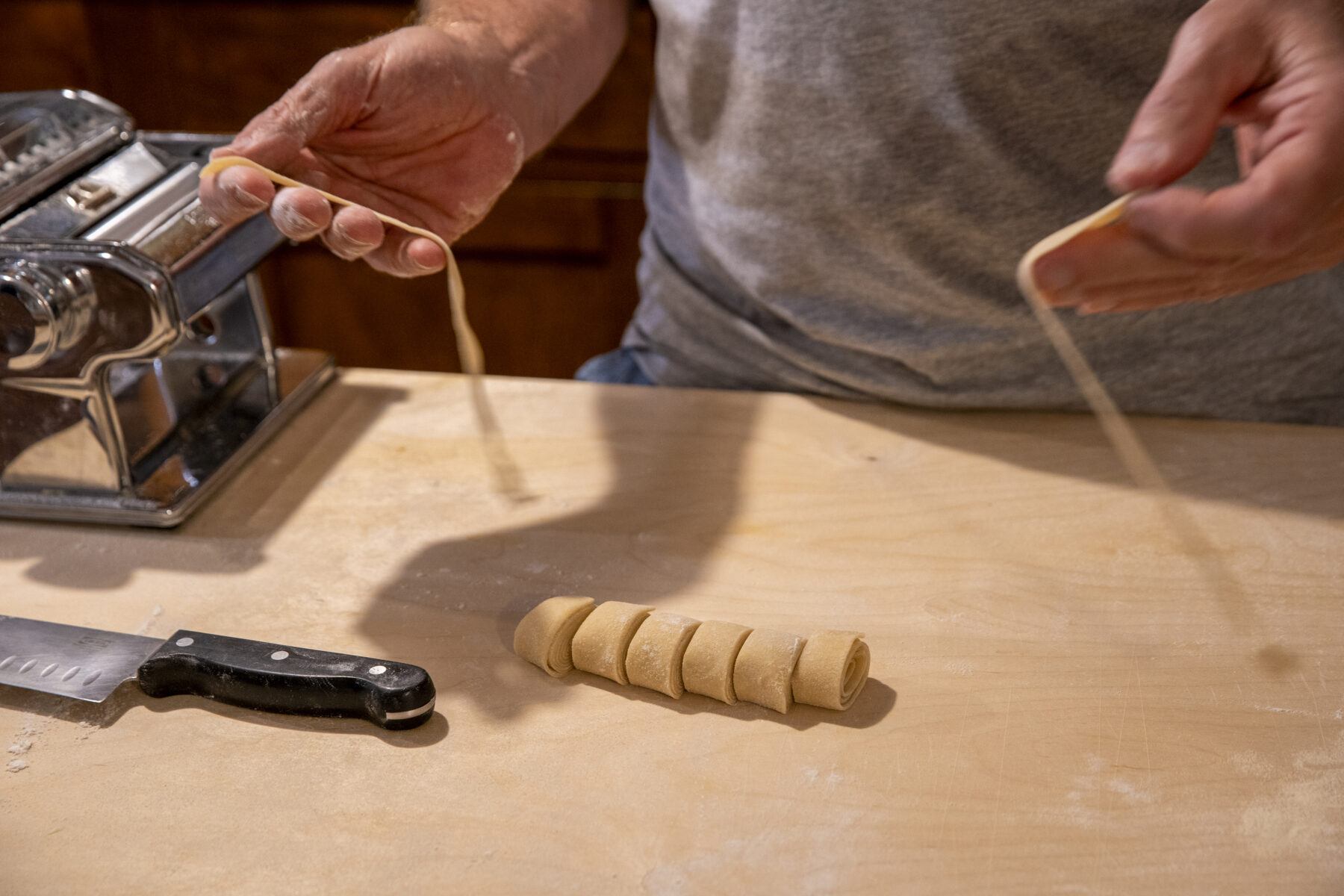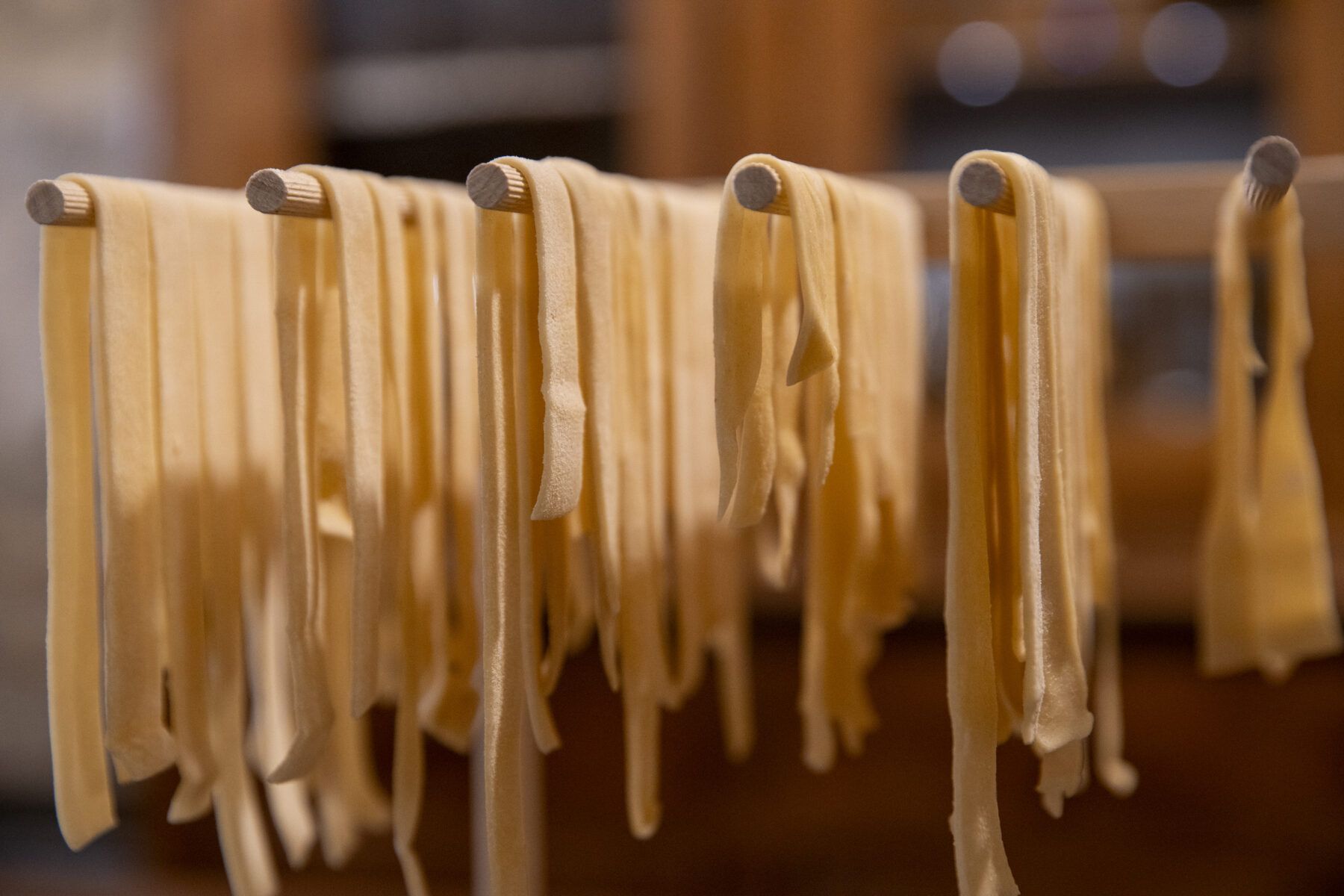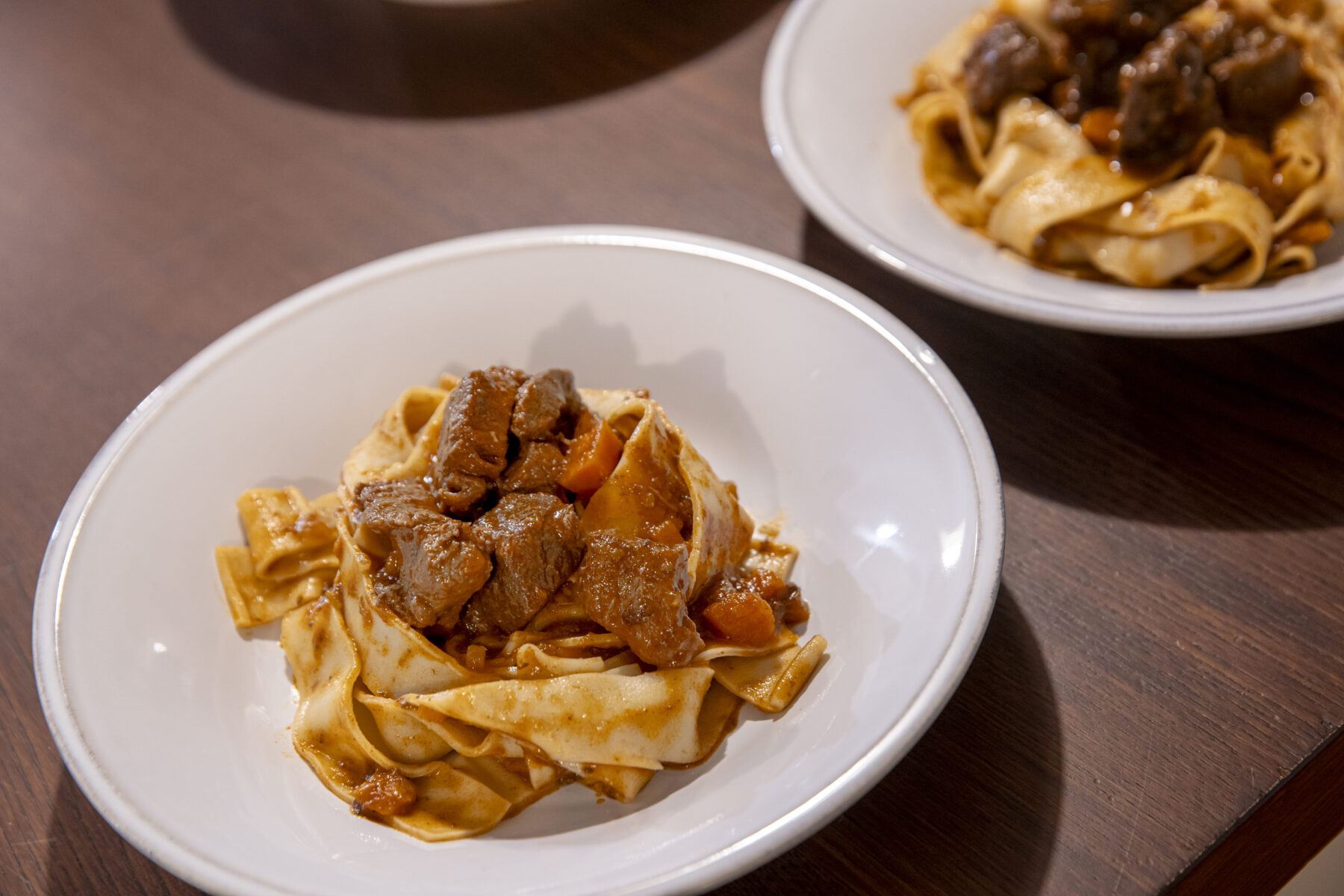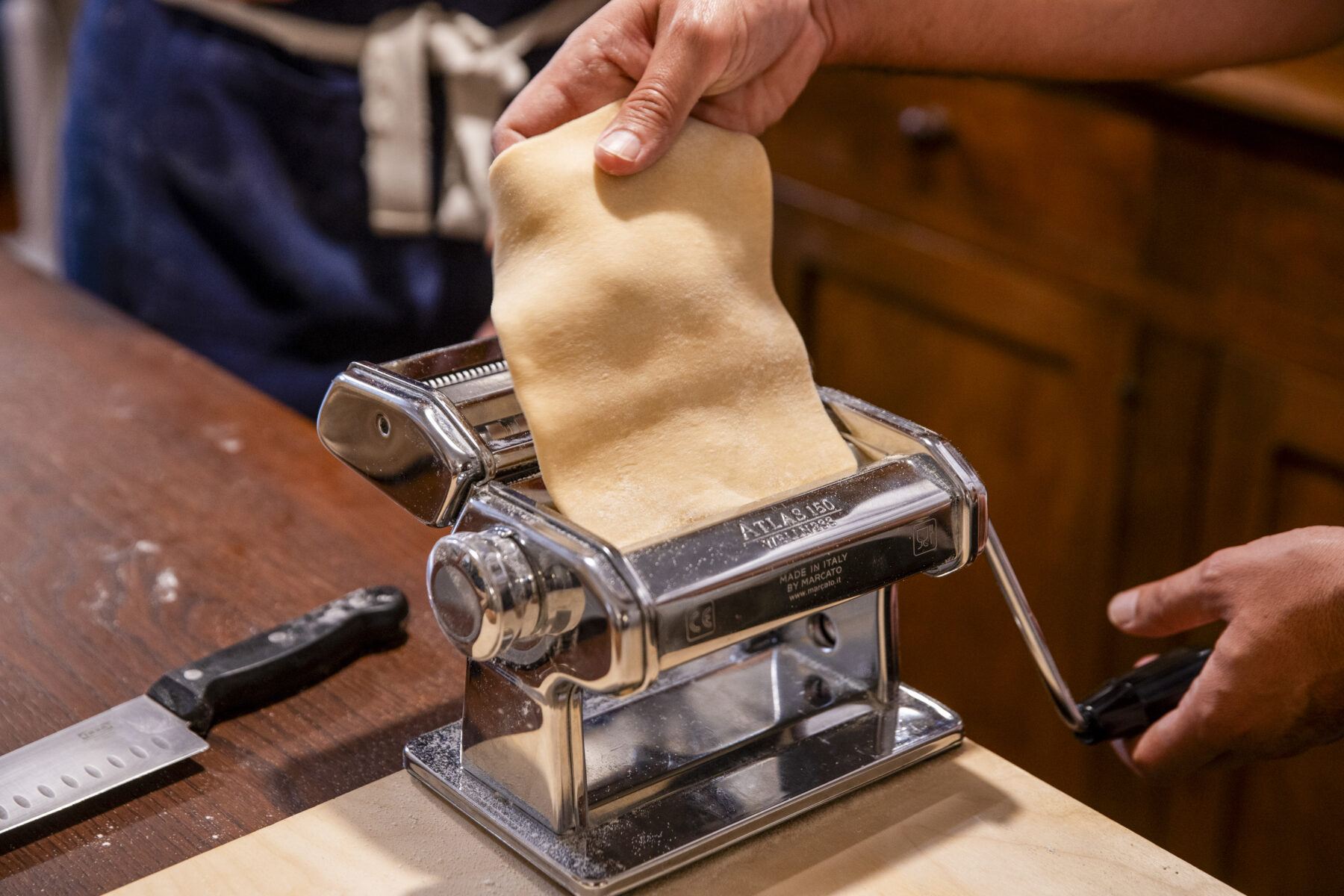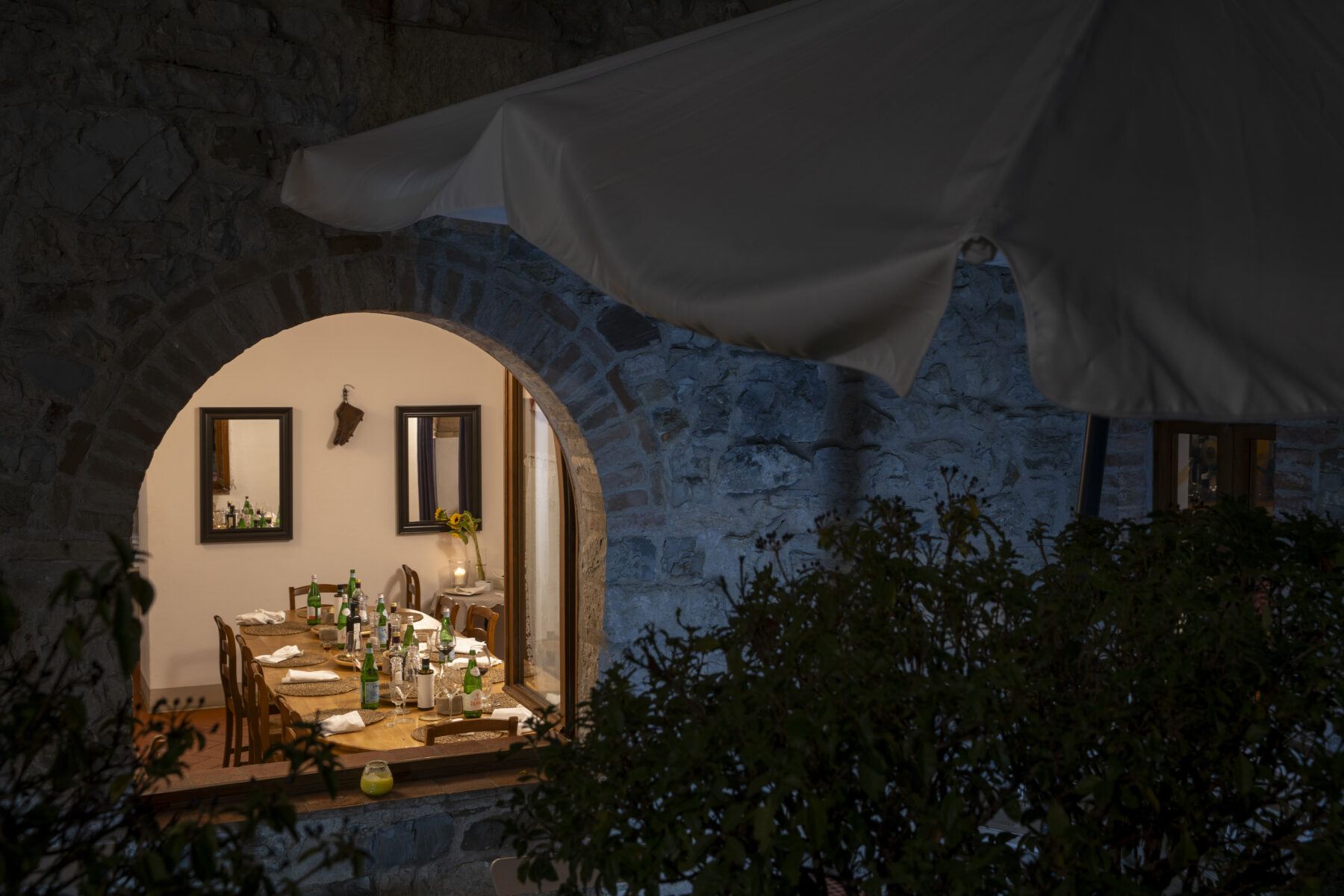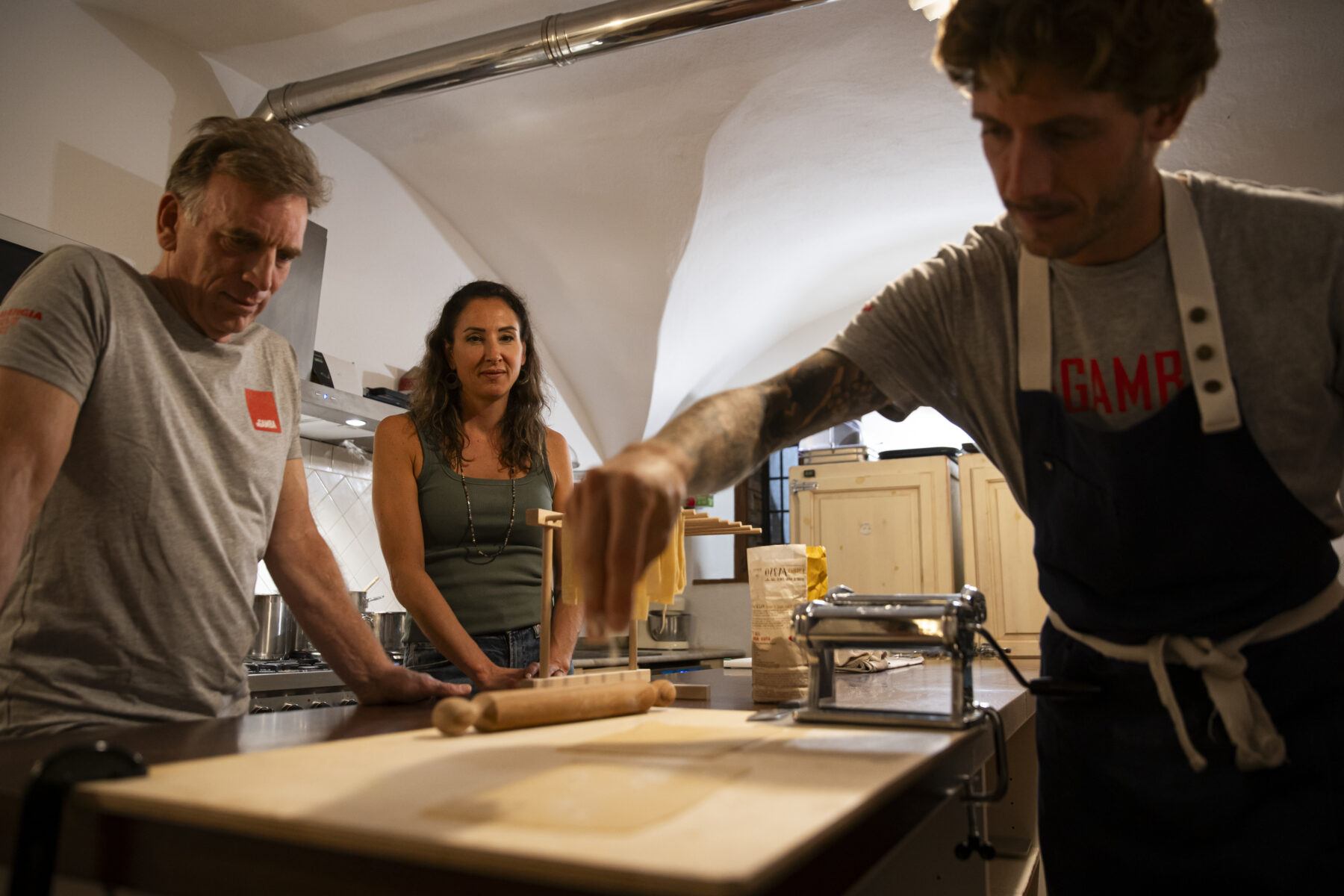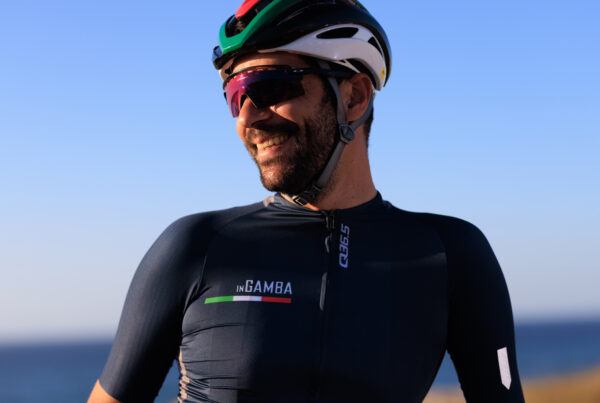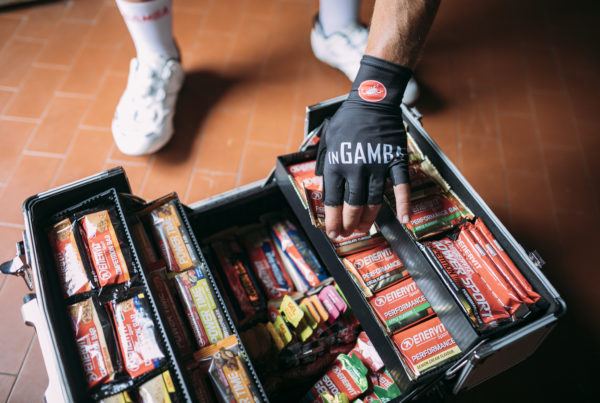At Borgolecchi, our B&B in Tuscany, nothing is left to chance—but the best things in life do tend to happen that way.
Take our chef in residence, Tomi Morgade. Born and raised in South America with an Italian grandfather who taught him how to cook as a boy, he knew that two things were certain: He loved food and creating amazing culinary experiences, and he loved travel and the allure of the Tuscan countryside.
How does a chef used to the hustle and bustle of a Michelin star restaurant in the buzzing city of Buenos Aires feel about the move? And how has he incorporated his South American cooking styles into traditional Tuscan dishes? We caught up with him as he prepared lunch—a classic minestrone soup that tasted like it came from your great-grandmother’s secret recipe followed by an incredibly delicious roast octopus—during a Chianti Classico trip.
Have you always wanted to be a chef?
No and yes. I was always the foodie in the family, but that just meant that I was always wondering what we were going to eat, what kind of food we had in the house. But when I was young, I moved to Buenos Aires from Patagonia to study design. I started working in a kitchen just to make money, and I realized that was really for me, so I switched to studying to be a chef.
Was there a certain chef who influenced you?
Not really, no—especially at first. I just knew that the people who were working in the kitchen with me were cool. There was a real culture there. I wasn’t sure if culinary school would really be for me, so I did some traveling when I was in the program.
I went to Thailand and stayed there for a month, and that was where I truly realized that I really wanted to be a chef, because I start to see all of these proper chefs. I got a lot of inspiration from Argentine chef Francis Mallmann, he was one of the first chefs who really inspired me. At that point, I had been sort of slacking off at culinary school, not taking it very seriously. But when I came back from this trip, all my grades started to go up because I knew I was where I was meant to be.
What was your first job out of school?
My first job in a proper kitchen was in Argentina’s only restaurant with two Michelin stars, Aramburu. I stayed for four years there, working my way up to being in charge of the meats and sauces, which was a really important position. But eventually, the job became too stressful. You work 12 hour days, late at night—it’s not the most sustainable. So from there, I wanted to find some place where I could express all of the things that I learned in that kitchen.
I moved to a smaller but still well-regarded restaurant, but there, I was able to really do a lot more. They wanted someone on the creative side, who would do the investigation and development for the few small restaurants they owned. That was great because they needed new dishes all the time, and wanted something creative and modern. At the same time, the company also owned a farm, so a lot of the meat and produce was farm to table, so it had that rustic element.
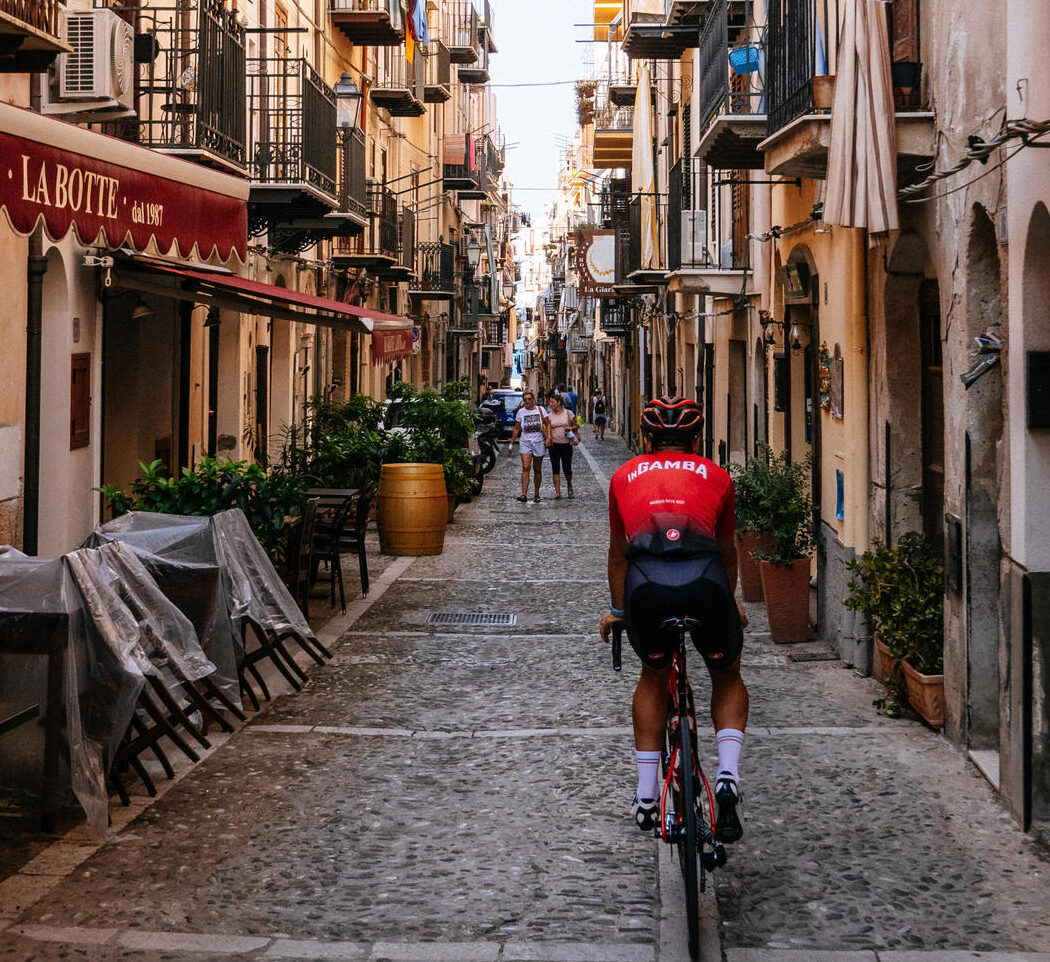
When you developed recipes, did you focus on classic Argentinian dishes or were you adding in other cuisines?
The restaurant tried to mix Italian, Argentinian and some Asian—the owner was from Italy, and he grew up in Argentina, so he really liked that blend, but also liked Asian cuisine, so the idea was to have some crossover between the restaurants.
What made you leave the restaurant industry and come to inGamba?
It was a combination of things: The pandemic happened and a lot changed in my personal life, so I decided to go home to Patagonia to become a private chef. I ended up doing some work with inGamba when a chef friend connected us, and I really enjoyed getting to know Joao. After that trip, he invited me to come to California for the Coast Ride to be the chef, and we had a great time there.
We drove a caravan from San Francisco all down Highway One to Los Angeles, so it was really fun. We were stopping and cooking for all the cyclists with amazing views, and after that, Joao asked if I’d have any interest in coming to Italy, because he needed a chef there. I thought, why not? I have my Italian passport. I have a family here, so maybe it could be a nice chance. And after three years, I’m still here. I fell in love with this small village.
Do you miss being in a big kitchen?
I love the pace now. I do miss the rush of the kitchen a little bit, of course, but it’s really stressful, especially at a high-level restaurant where everything has to be perfect but so much is happening at once. This is much more relaxed: People here aren’t in a rush, they want to sit, to enjoy their meals. I really enjoy that.
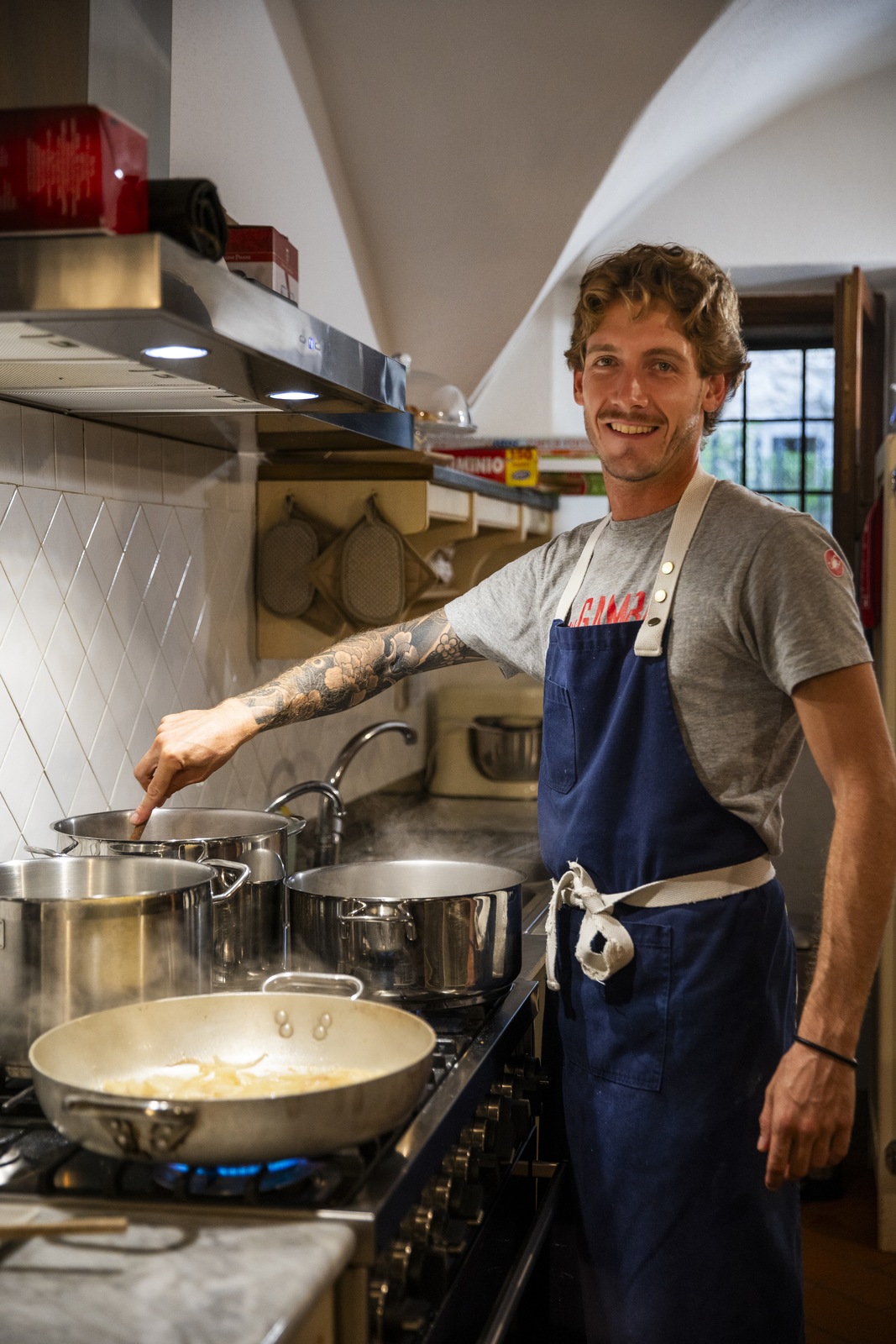
You mentioned making good friends in the kitchen—have you found the same with the soigneurs and mechanics here?
Absolutely. I fell in love with all the people here, it feels like a big family.
Now that you’re cooking in Tuscany, you tend to make classic Tuscan dishes, but do any South American influences sneak in?
Of course I try to sneak some influence from my country, but mostly I try to cook traditional dishes. I do try to change them to be more in line with what cyclists want, though. Sometimes, Tuscan cuisine can be a little heavy, and can sometimes include foods that not everyone likes, like intestines.
But knowing that we’re feeding cyclists who are hungry but also want to be eating healthy, I try to balance that. The menu is always different—I don’t like to repeat a week of meals. I have a couple of dishes that I love to make that are well-received that I make for most trips, but I try to keep things interesting and change the menu with the season.
What’s your favorite dish to make?
I love to make a good ragu. It’s one of my favorites. For dessert, tiramisu and torta de la Nona are my favorite dishes to do.
Finally: Has being with inGamba gotten you riding?
I was athletic all my life: I’ve been playing football, rugby, and had a lot of years of snowboarding. Actually one of my dreams when I was younger was being a professional snowboarder, back when I was living in Patagonia. I rode mountain bikes when I was younger, and when I moved to Buenos Aires, I started riding old road bikes and track bikes. So I’ve been riding almost all my life, but now with inGamba, I’m able to do it with a proper kit and a proper bike. I really do enjoy training!
